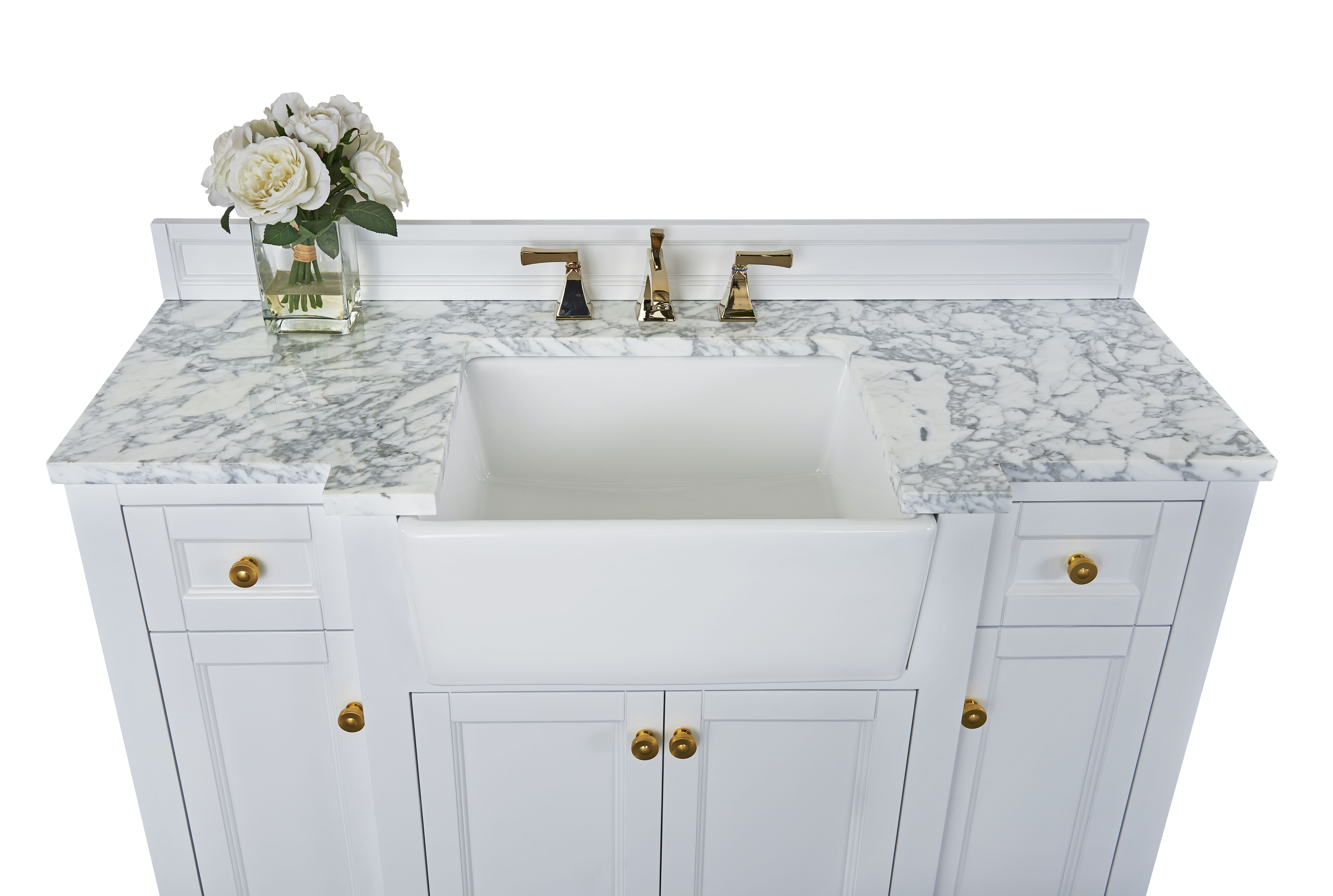When it comes to protecting and enhancing the look of your kitchen table, there are two main options to consider: lacquer and polyurethane. While both can provide a beautiful finish, they have some key differences that may influence your decision. Polyurethane is a type of varnish that creates a hard, durable surface when applied to wood. On the other hand, lacquer is a type of finish that is made from resin dissolved in solvents. Let's take a closer look at the pros and cons of each option.1. Differences Between Lacquer and Polyurethane
Lacquer has been used for centuries to create a glossy, smooth finish on wood surfaces. One of the main advantages of using lacquer on your kitchen table is its quick drying time. It can be applied in multiple thin coats, with each coat drying in as little as 15 minutes. This makes it a great option for those who want to complete their project in a timely manner. However, lacquer is not as durable as polyurethane and may require more frequent touch-ups or refinishing. It is also more prone to chipping and water damage, so it may not be the best choice for a high traffic or messy kitchen.2. Pros and Cons of Using Lacquer on a Kitchen Table
Polyurethane can be applied in a similar fashion to lacquer, with multiple thin coats being the key to a smooth and durable finish. It also has a longer drying time of several hours, allowing for more time to work with the product and achieve a flawless finish. One of the biggest advantages of polyurethane is its resistance to scratches, water, and heat. This makes it a great option for a busy kitchen where spills and messes are bound to happen. However, it can be more difficult to apply and may require more skill and experience to achieve a professional look.3. How to Apply Polyurethane to a Kitchen Table
Aside from its quick drying time, lacquer also has a high gloss finish that can give your kitchen table a sleek and modern look. It also tends to enhance the natural color and grain of the wood, making it a great choice for showcasing the beauty of your table. Lacquer is also more affordable than polyurethane, making it a budget-friendly option for those looking to update their kitchen without breaking the bank.4. Benefits of Using Lacquer on a Kitchen Table
When deciding between lacquer and polyurethane, it's important to consider the specific needs and use of your kitchen table. If you have a busy household with kids and pets, polyurethane may be the better choice for its durability. However, if you want a quick and budget-friendly option with a high gloss finish, lacquer may be the way to go. You should also keep in mind the type of wood your kitchen table is made of, as some wood species may react differently to different finishes. It's always a good idea to do some research or consult with a professional before making your final decision.5. How to Choose Between Lacquer and Polyurethane for Your Kitchen Table
As mentioned before, polyurethane is known for its superior durability compared to lacquer. It can withstand daily wear and tear, spills, and heat without showing signs of damage. This makes it a great option for a long-lasting finish on your kitchen table. Lacquer, on the other hand, may require more frequent touch-ups or refinishing over time. However, if you are willing to put in the extra effort, lacquer can still provide a beautiful and durable finish for your table.6. The Durability of Polyurethane vs Lacquer on a Kitchen Table
Before applying any finish to your kitchen table, it's important to properly prepare the surface. This includes sanding down any imperfections, cleaning the wood thoroughly, and ensuring it is dry before applying the finish. For lacquer, it's also important to use a sanding sealer to help the finish adhere to the wood and create a smooth surface. Polyurethane may require a wood conditioner to ensure an even application and prevent blotching.7. How to Prep a Kitchen Table for Lacquer or Polyurethane
When it comes to cost, lacquer is the more affordable option. It is typically less expensive than polyurethane and can be applied with basic tools and equipment. However, if you want a more durable and long-lasting finish, the extra cost of polyurethane may be worth it in the long run. It's also worth noting that the cost may vary depending on the brand and quality of the product, as well as the size of your kitchen table.8. The Cost Difference Between Lacquer and Polyurethane for a Kitchen Table
For those who want a glossy and smooth finish on their kitchen table, lacquer is the way to go. To achieve a high gloss finish, it's important to apply multiple thin coats and sand in between each coat for a smooth and even surface. You can also use a buffing compound and a buffing wheel to bring out the shine and achieve a professional look. Just be sure to follow the instructions on the product and use caution when working with power tools.9. How to Achieve a High Gloss Finish with Lacquer on a Kitchen Table
When it comes to the environmental impact, both lacquer and polyurethane can have negative effects due to the chemicals and solvents used in their production. However, some brands offer eco-friendly options that are safer for both the environment and your health. It's always a good idea to research and choose products that are low in volatile organic compounds (VOCs) and have a lower impact on the environment. In conclusion, both lacquer and polyurethane can provide a beautiful finish for your kitchen table, but each has its own unique qualities to consider. By understanding the differences and weighing the pros and cons, you can make an informed decision on which option is best for your specific needs and preferences.10. The Environmental Impact of Using Lacquer vs Polyurethane on a Kitchen Table
The Importance of Choosing the Right Finish for Your Kitchen Table
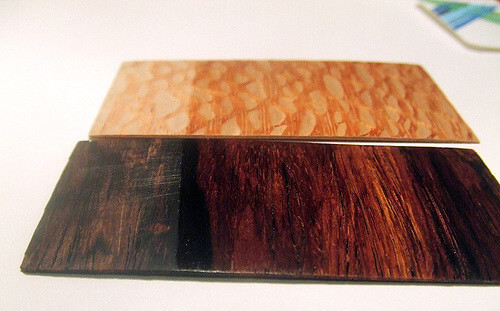
Why the Finish Matters
 When designing a kitchen, every little detail counts. From the color of the walls to the style of the cabinets, each choice contributes to the overall aesthetic and feel of the space. One important element that often gets overlooked is the finish of the kitchen table.
Lacquer and polyurethane are two popular options for finishing a kitchen table
, but understanding the differences between them can help you make the best decision for your home.
When designing a kitchen, every little detail counts. From the color of the walls to the style of the cabinets, each choice contributes to the overall aesthetic and feel of the space. One important element that often gets overlooked is the finish of the kitchen table.
Lacquer and polyurethane are two popular options for finishing a kitchen table
, but understanding the differences between them can help you make the best decision for your home.
Lacquer: Classic and Timeless
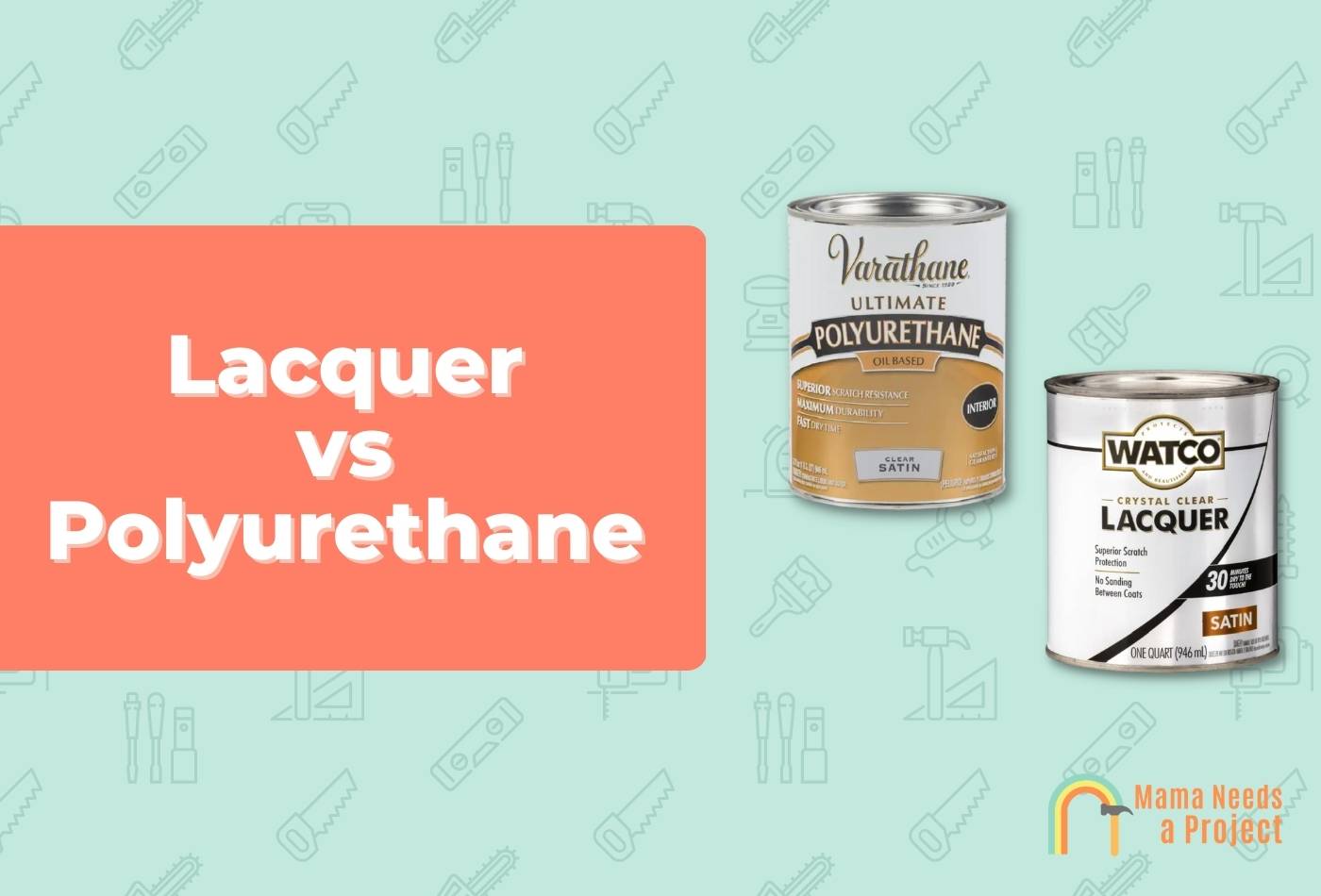 Lacquer is a type of finish that has been used for centuries
, prized for its ability to create a high-gloss, durable surface. It is made from a mixture of resins and solvents that create a hard, protective layer when applied to wood. The result is a shiny, reflective surface that adds a touch of elegance and sophistication to any kitchen table.
In addition to its aesthetic appeal, lacquer is also known for its durability and resistance to scratches and water damage
, making it a great choice for a high-traffic area like the kitchen.
Lacquer is a type of finish that has been used for centuries
, prized for its ability to create a high-gloss, durable surface. It is made from a mixture of resins and solvents that create a hard, protective layer when applied to wood. The result is a shiny, reflective surface that adds a touch of elegance and sophistication to any kitchen table.
In addition to its aesthetic appeal, lacquer is also known for its durability and resistance to scratches and water damage
, making it a great choice for a high-traffic area like the kitchen.
Polyurethane: Strong and Versatile
 Polyurethane is a modern finish that has gained popularity in recent years
. It is a synthetic resin that is known for its strength and versatility. Unlike lacquer, polyurethane can be applied in a variety of finishes, including matte, satin, and glossy. This makes it a great choice for those looking for a specific look for their kitchen table.
Polyurethane is also highly resistant to damage, making it a practical option for a busy kitchen
.
Polyurethane is a modern finish that has gained popularity in recent years
. It is a synthetic resin that is known for its strength and versatility. Unlike lacquer, polyurethane can be applied in a variety of finishes, including matte, satin, and glossy. This makes it a great choice for those looking for a specific look for their kitchen table.
Polyurethane is also highly resistant to damage, making it a practical option for a busy kitchen
.
Which One is Right for You?
 Both lacquer and polyurethane have their own unique qualities that make them suitable for a kitchen table.
If you are looking for a classic, high-gloss finish that will stand the test of time, lacquer may be the best option for you
. However, if you prefer a more modern look and want the flexibility to choose from different finishes, polyurethane may be the way to go. Whichever finish you choose, make sure to
properly maintain and care for your kitchen table to ensure it stays looking beautiful for years to come
.
Both lacquer and polyurethane have their own unique qualities that make them suitable for a kitchen table.
If you are looking for a classic, high-gloss finish that will stand the test of time, lacquer may be the best option for you
. However, if you prefer a more modern look and want the flexibility to choose from different finishes, polyurethane may be the way to go. Whichever finish you choose, make sure to
properly maintain and care for your kitchen table to ensure it stays looking beautiful for years to come
.
Final Thoughts
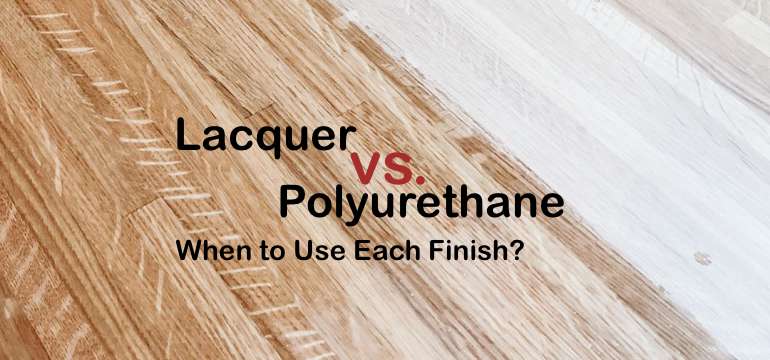 When it comes to choosing the right finish for your kitchen table, it's important to consider both the aesthetic and practical aspects.
Both lacquer and polyurethane are excellent options that offer durability and style
. It ultimately comes down to personal preference and the overall design of your kitchen. With the right finish, your kitchen table will not only serve as a functional piece of furniture but also add to the overall look and feel of your home.
When it comes to choosing the right finish for your kitchen table, it's important to consider both the aesthetic and practical aspects.
Both lacquer and polyurethane are excellent options that offer durability and style
. It ultimately comes down to personal preference and the overall design of your kitchen. With the right finish, your kitchen table will not only serve as a functional piece of furniture but also add to the overall look and feel of your home.



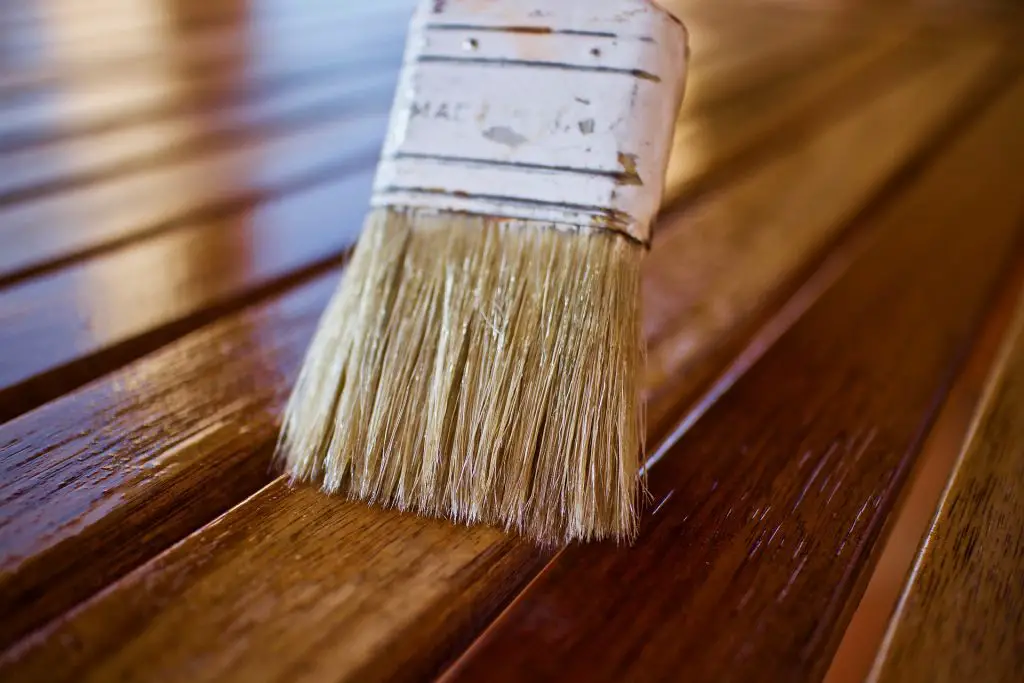

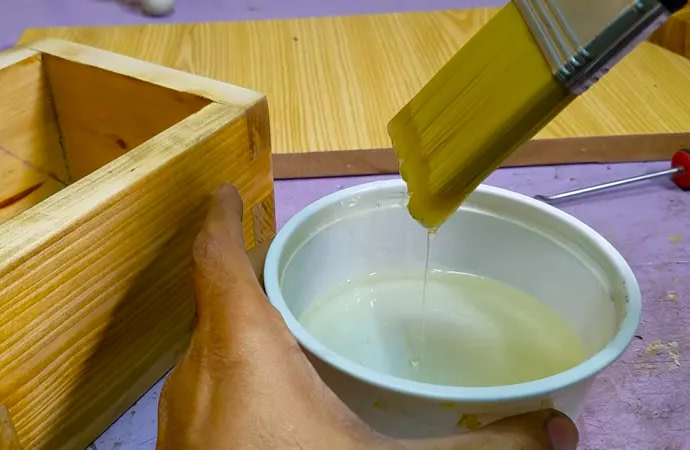


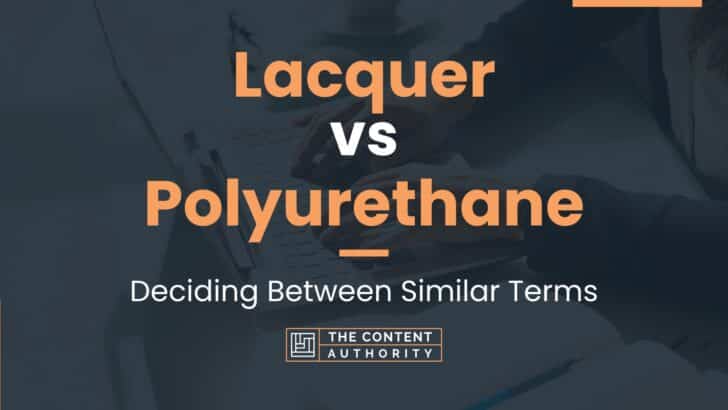

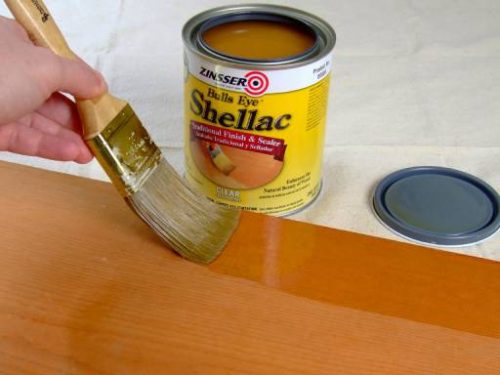
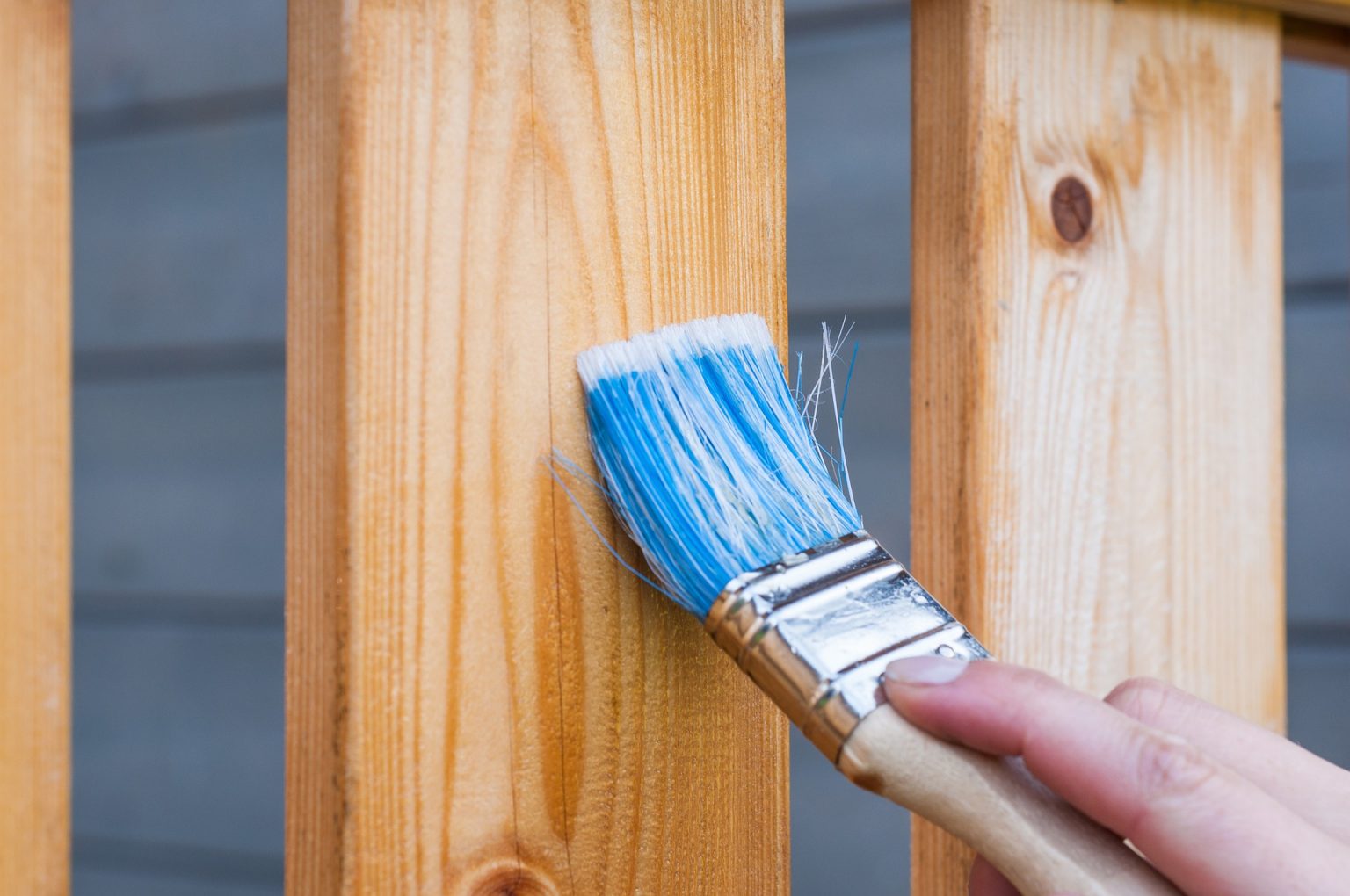
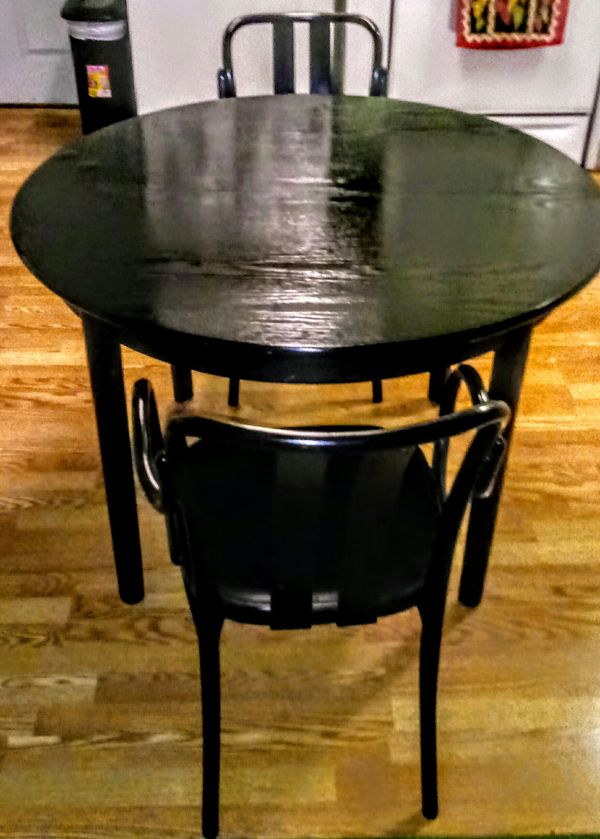

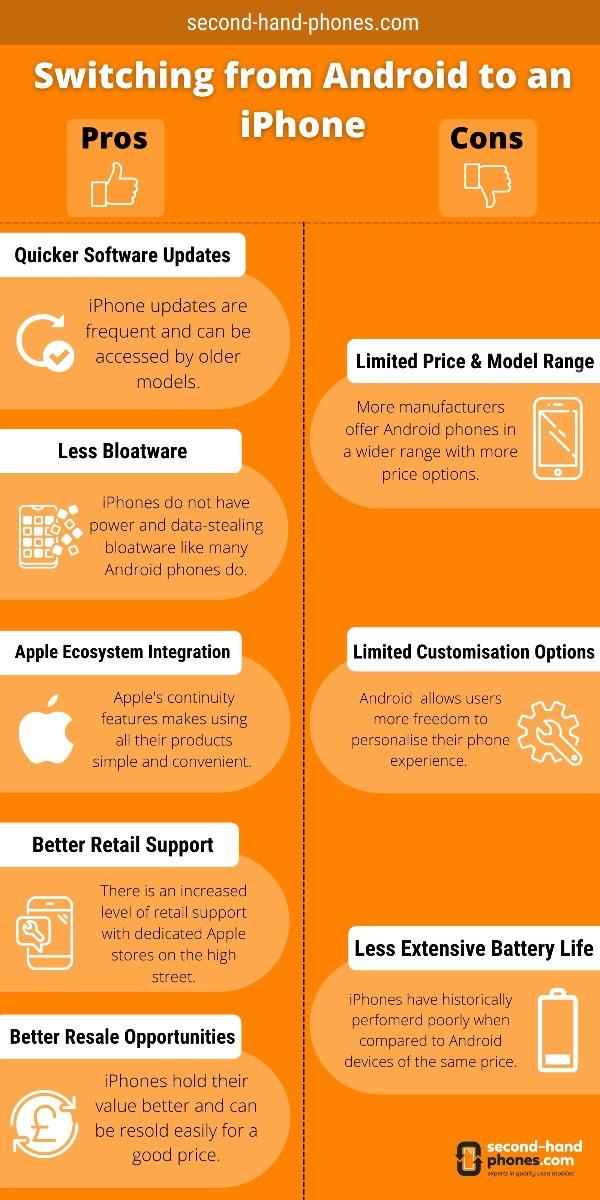

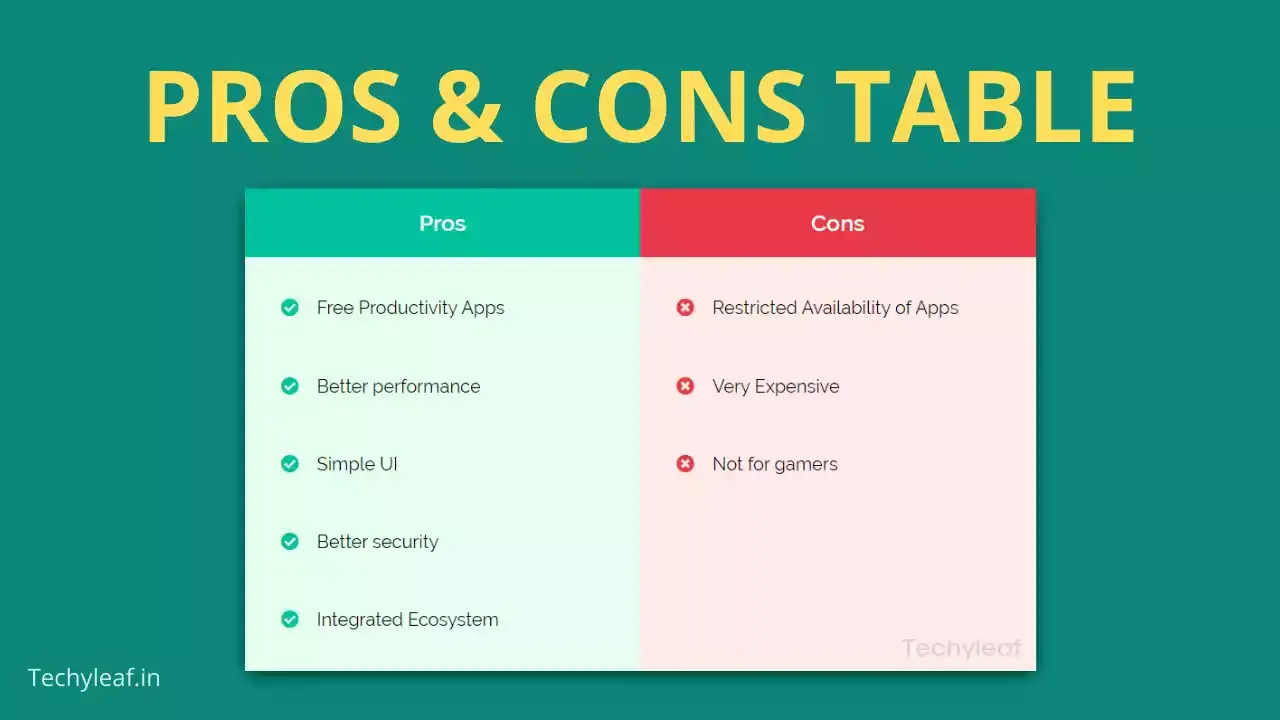
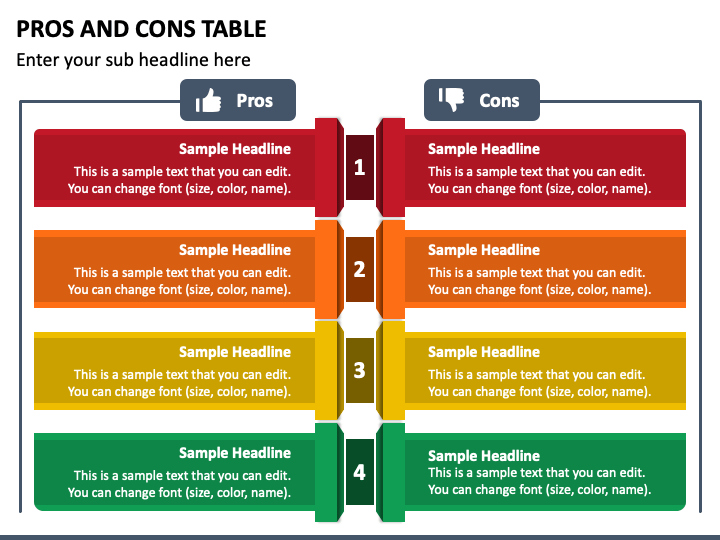






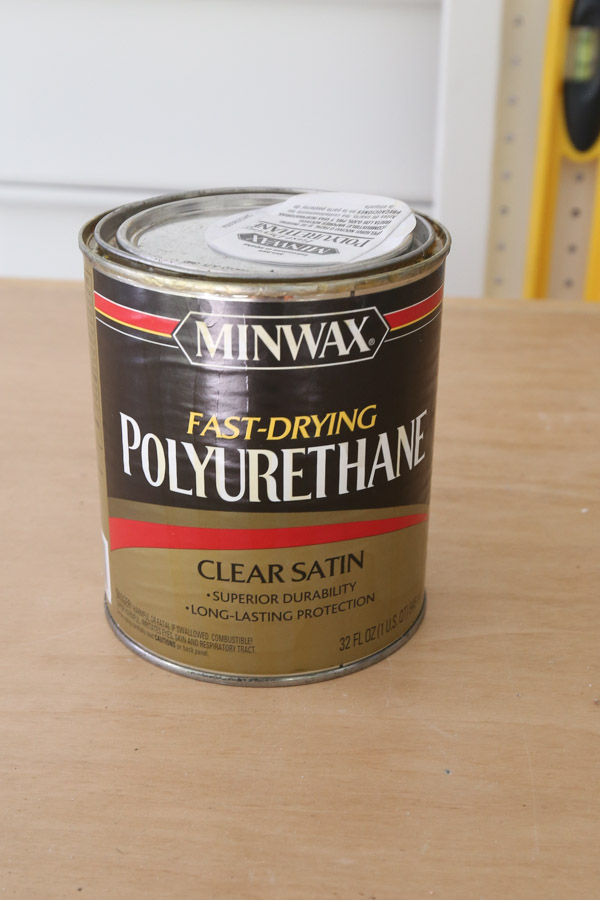
/cdn.vox-cdn.com/uploads/chorus_image/image/65894203/gallery_chair_stain.0.jpg)

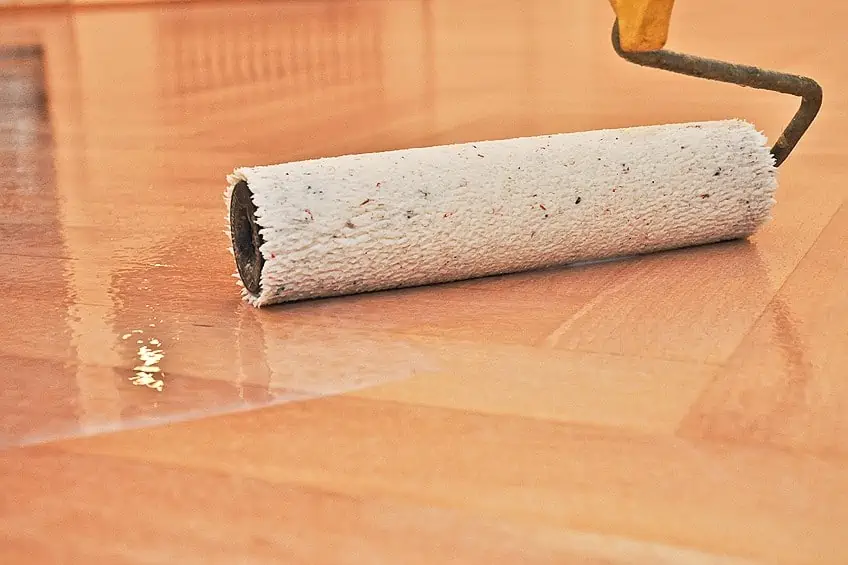

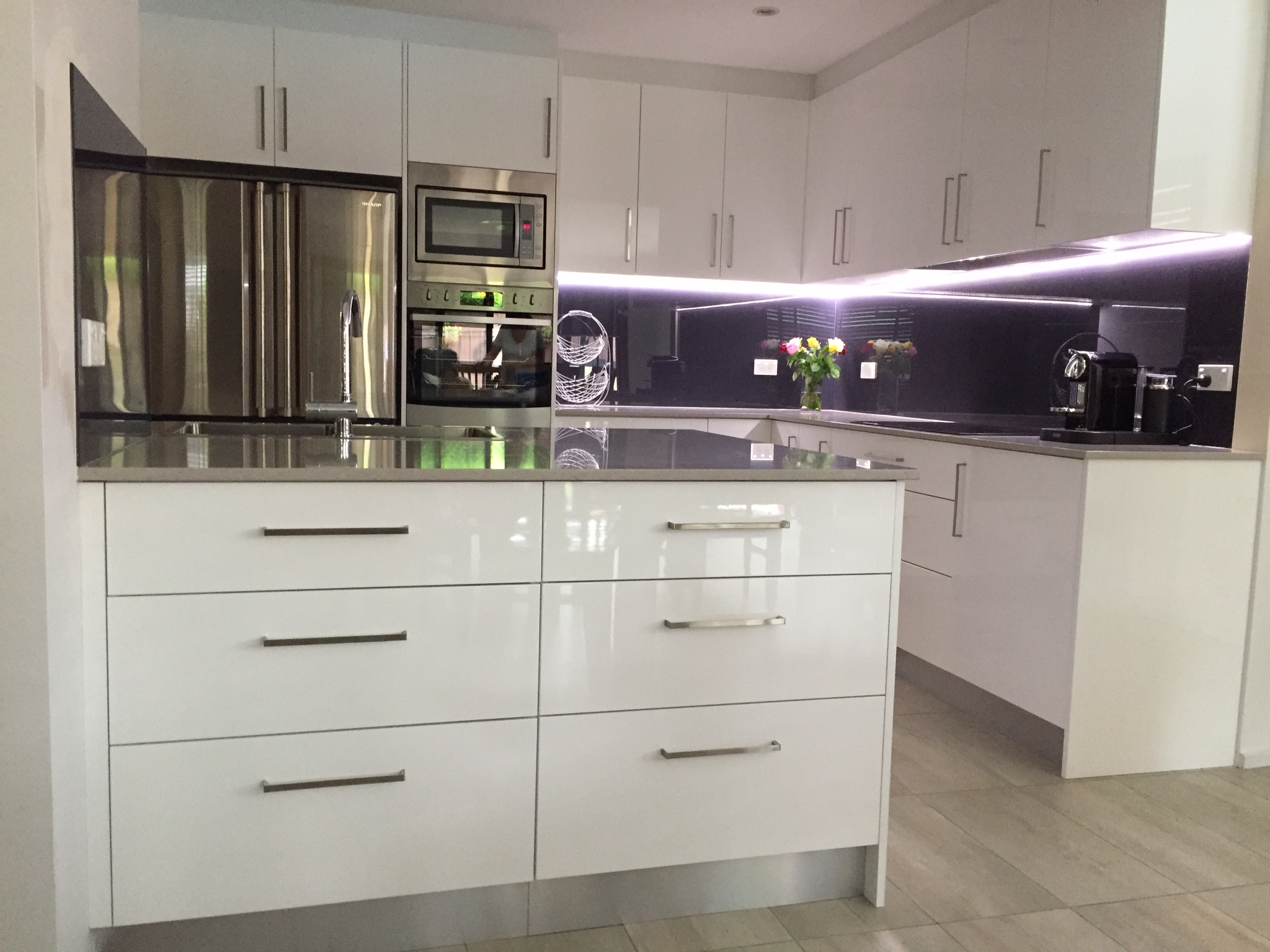




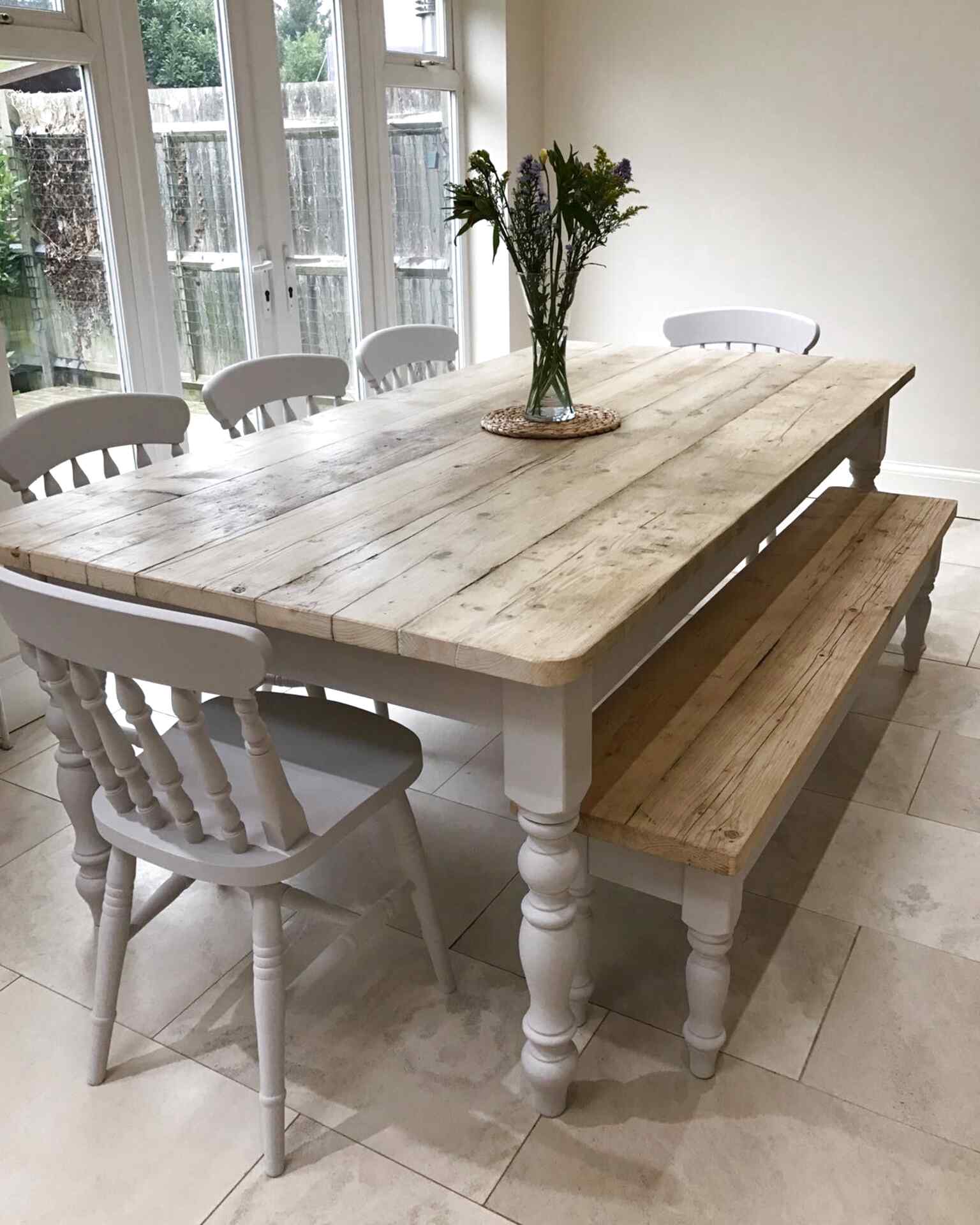

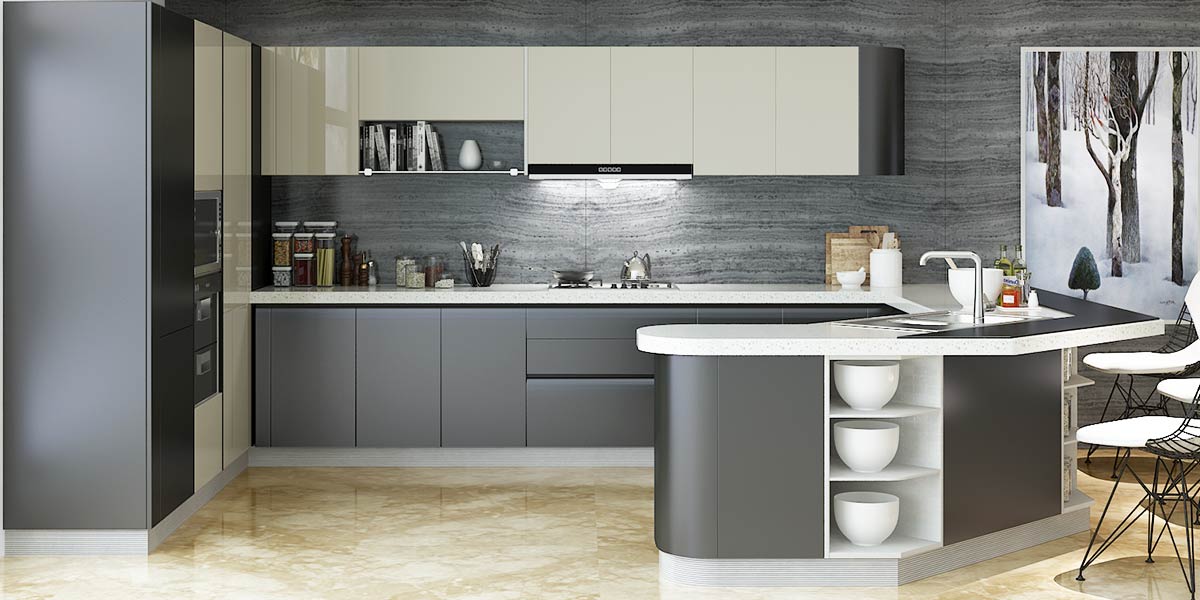
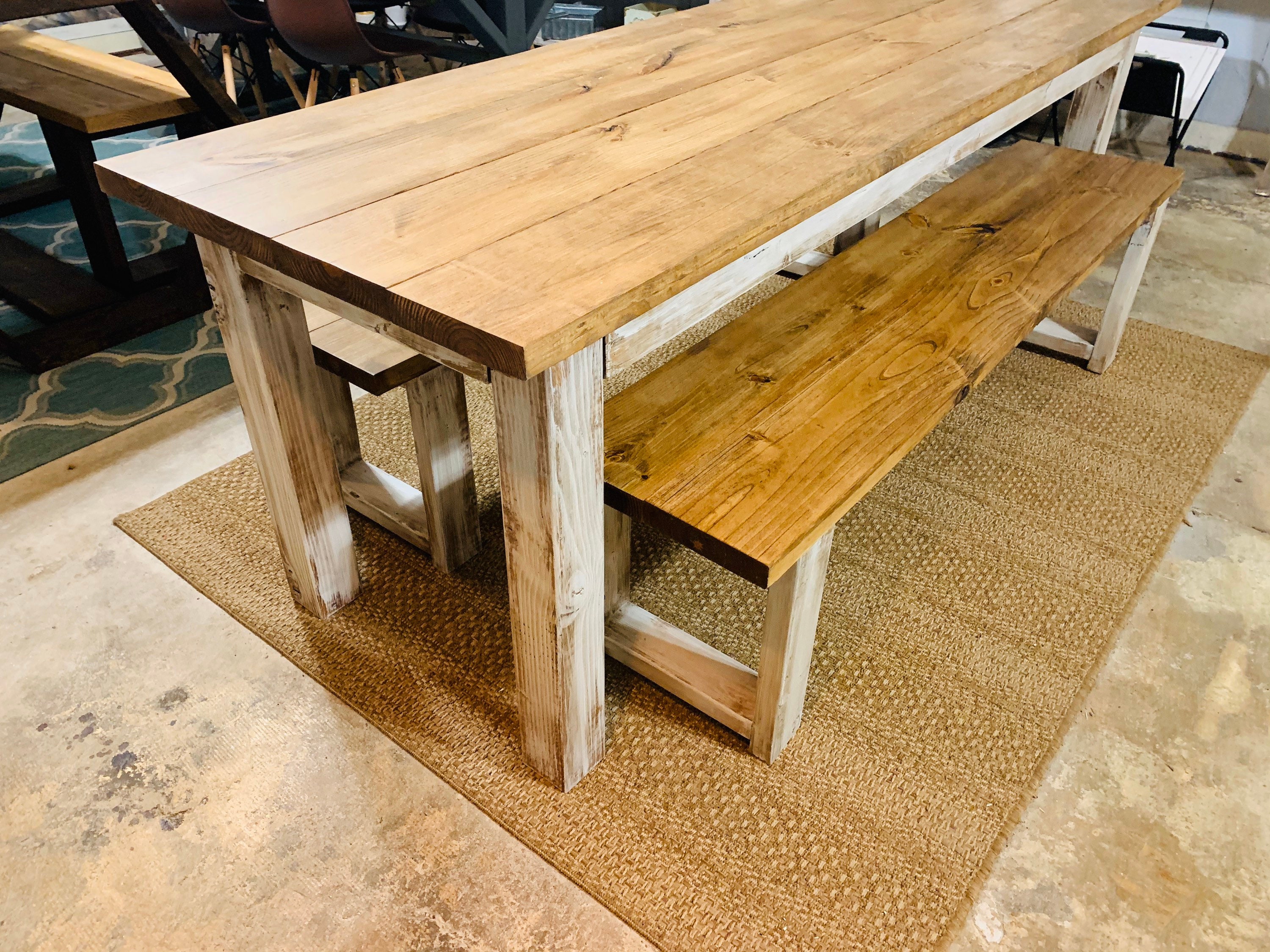
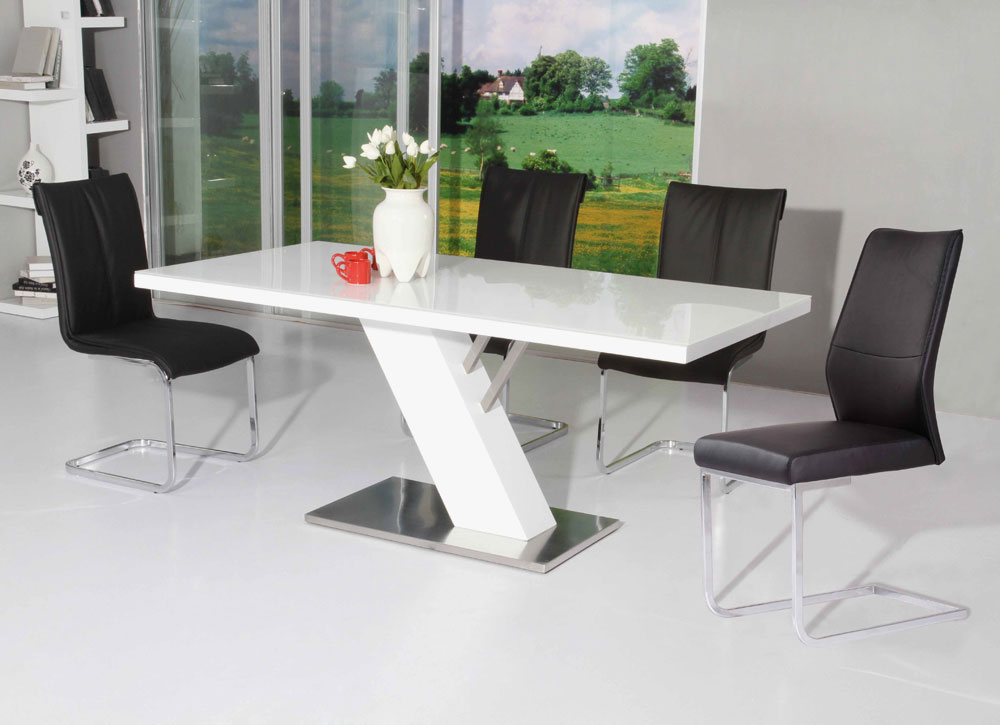
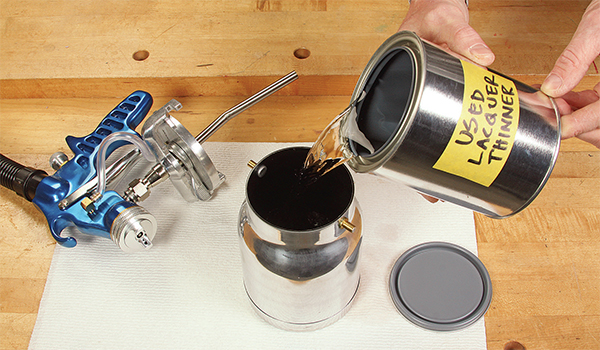

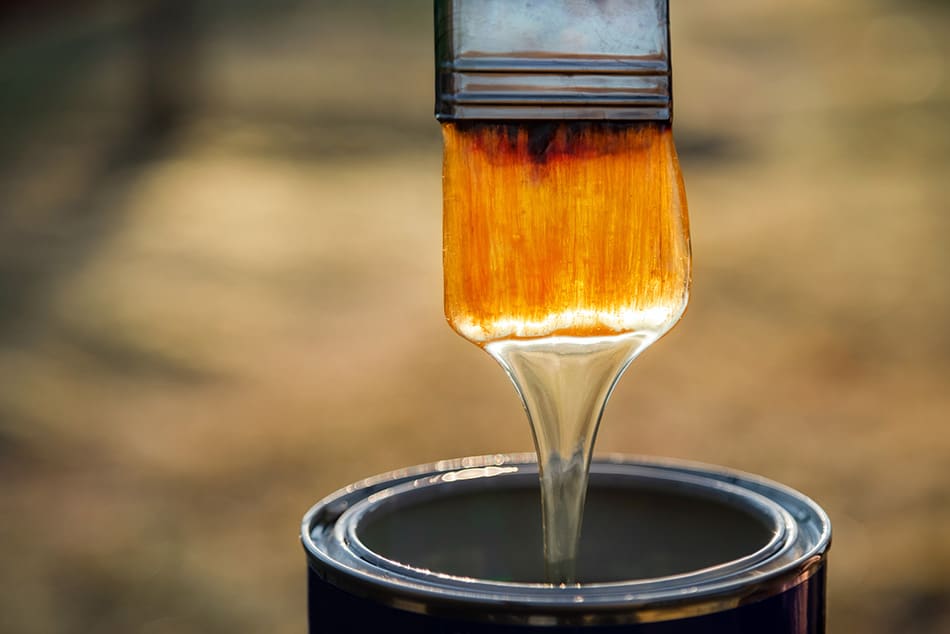




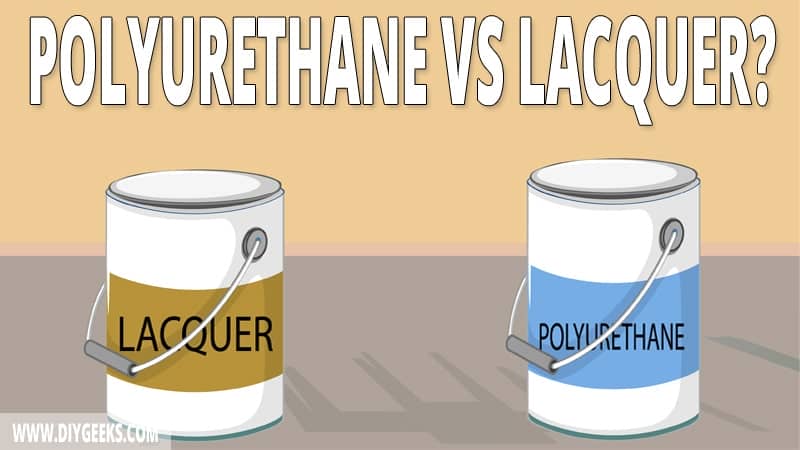
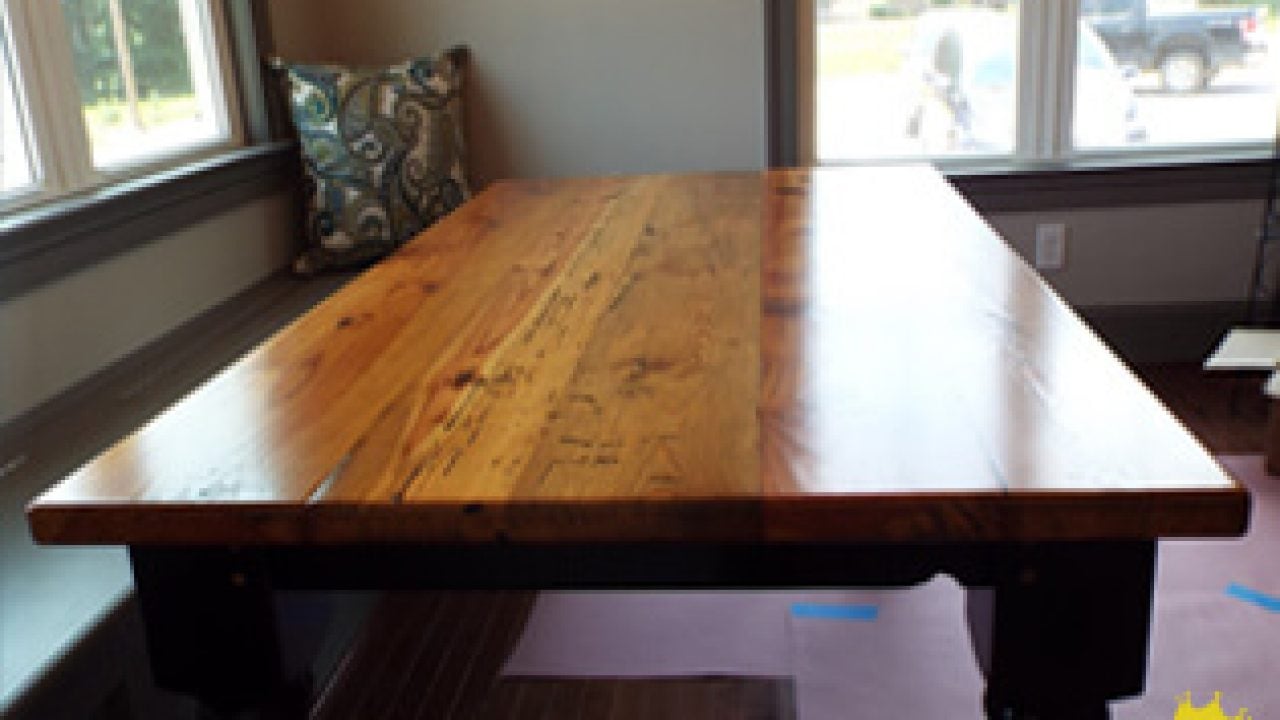

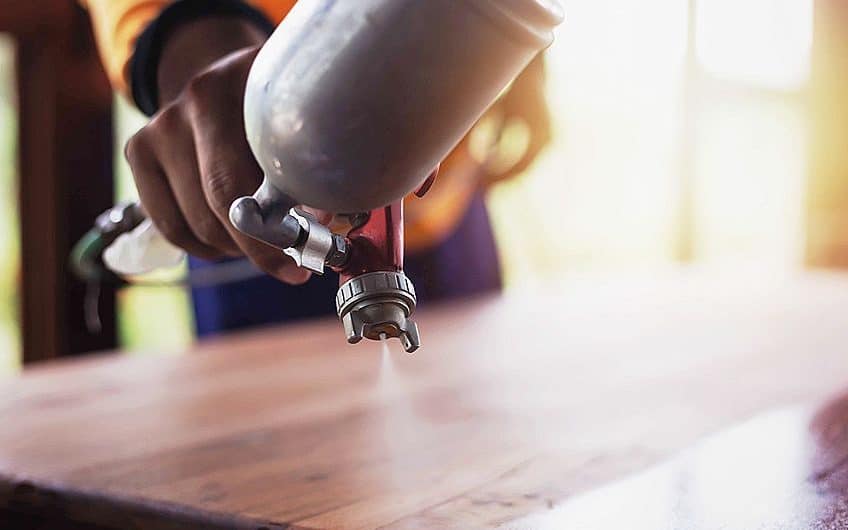

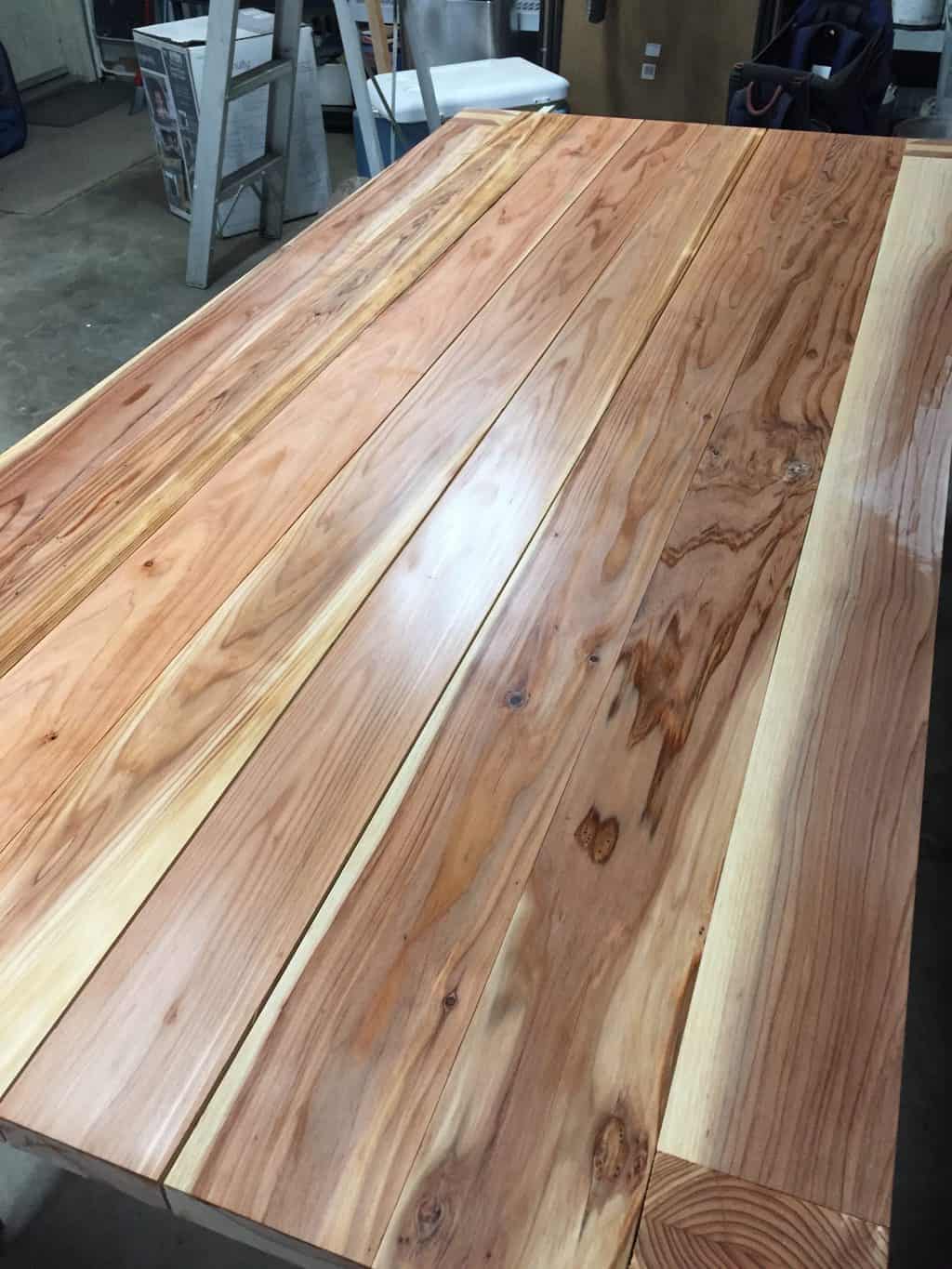

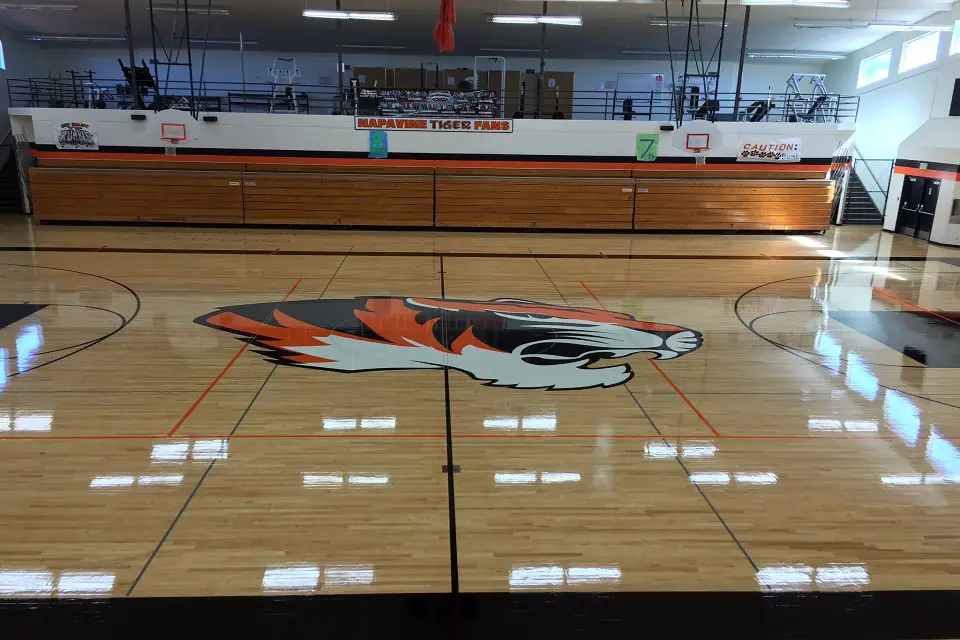



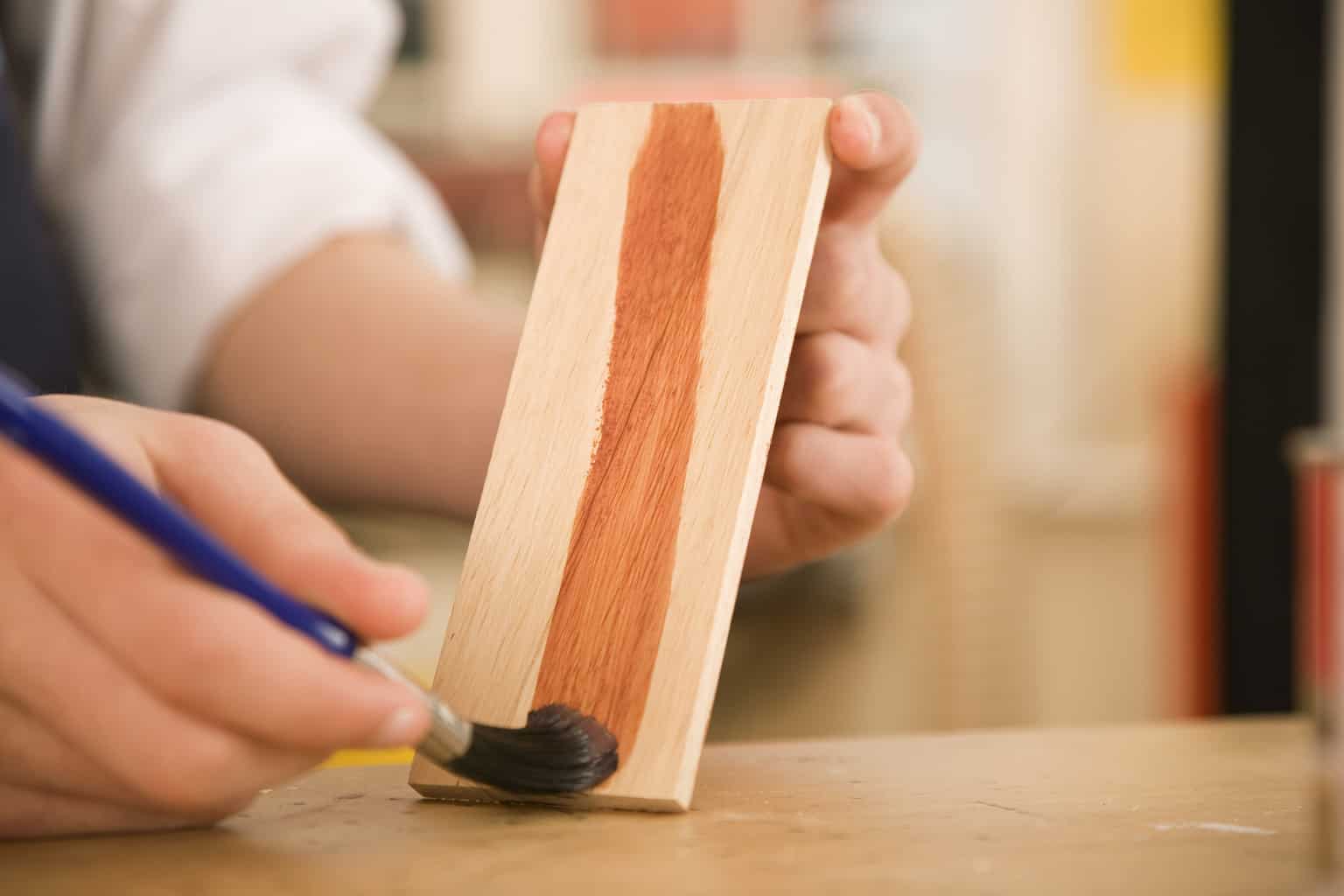



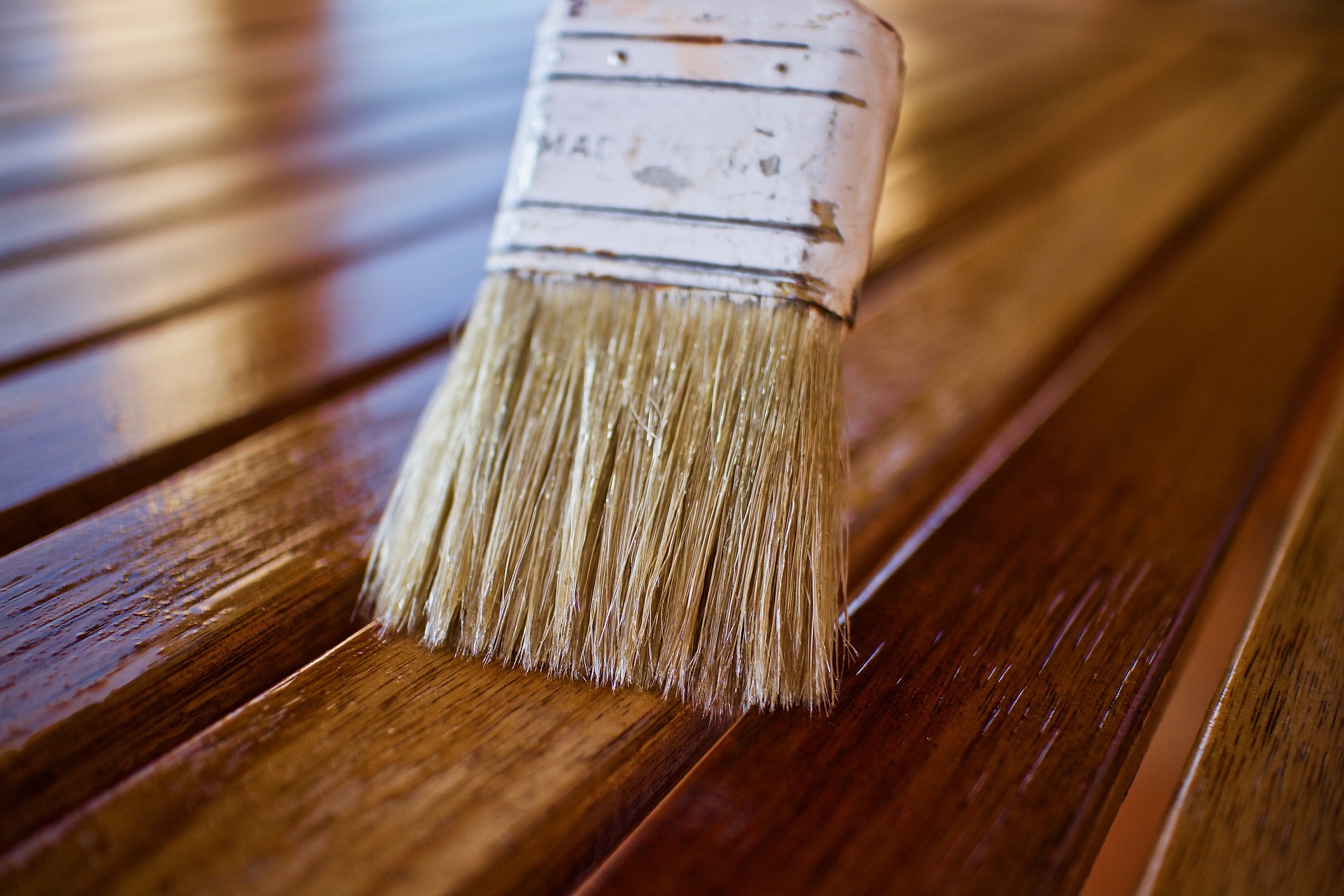






-1681791877.jpg)







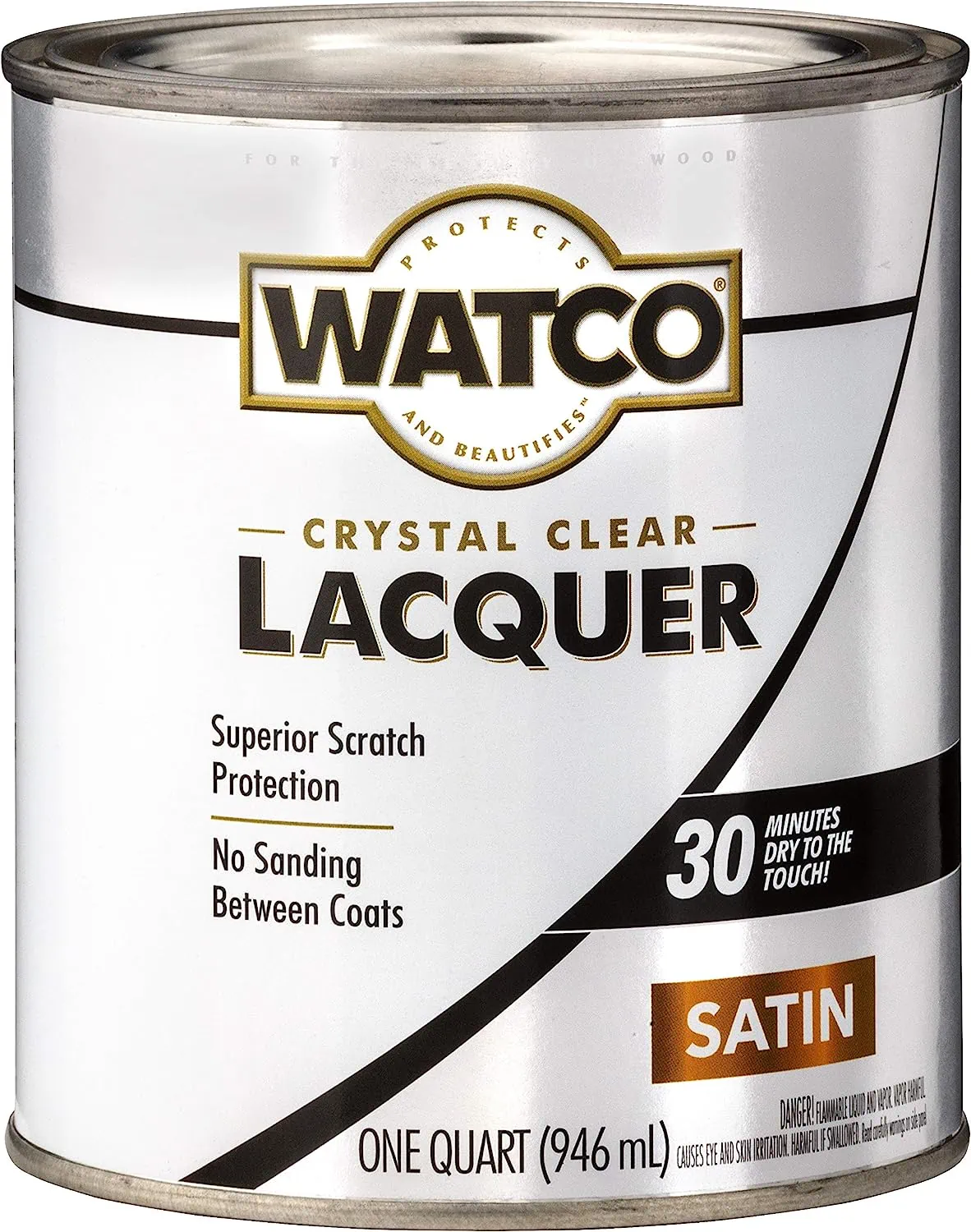



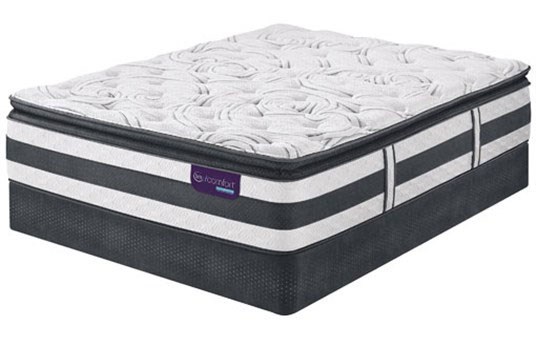
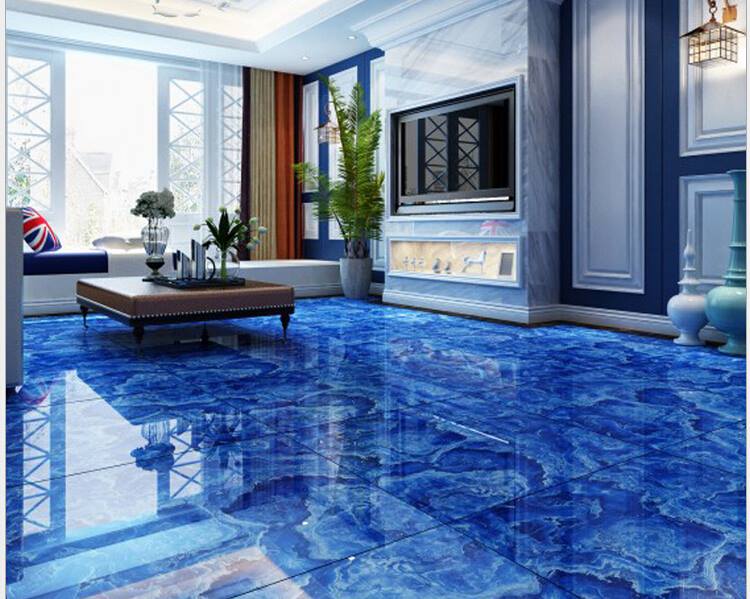
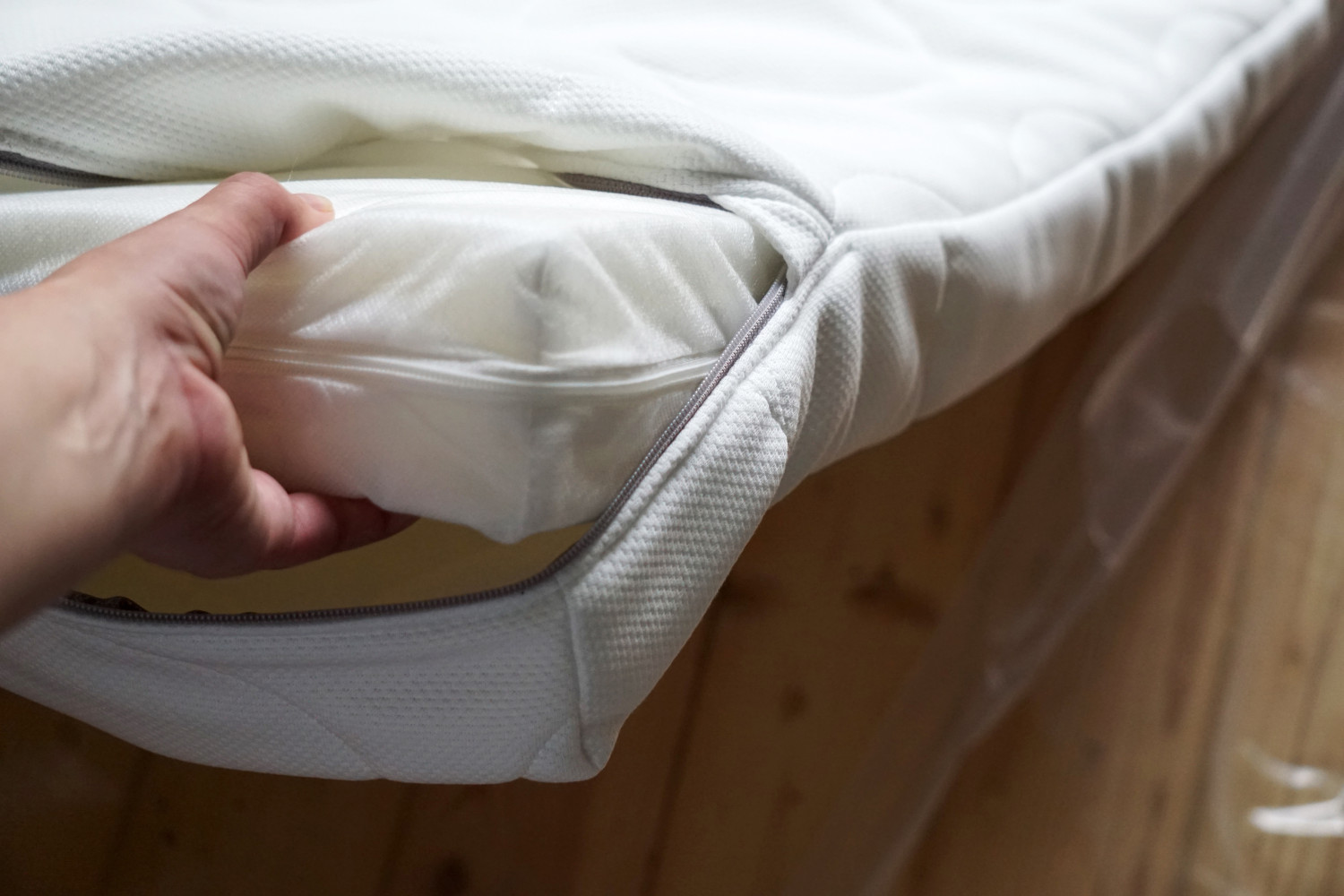
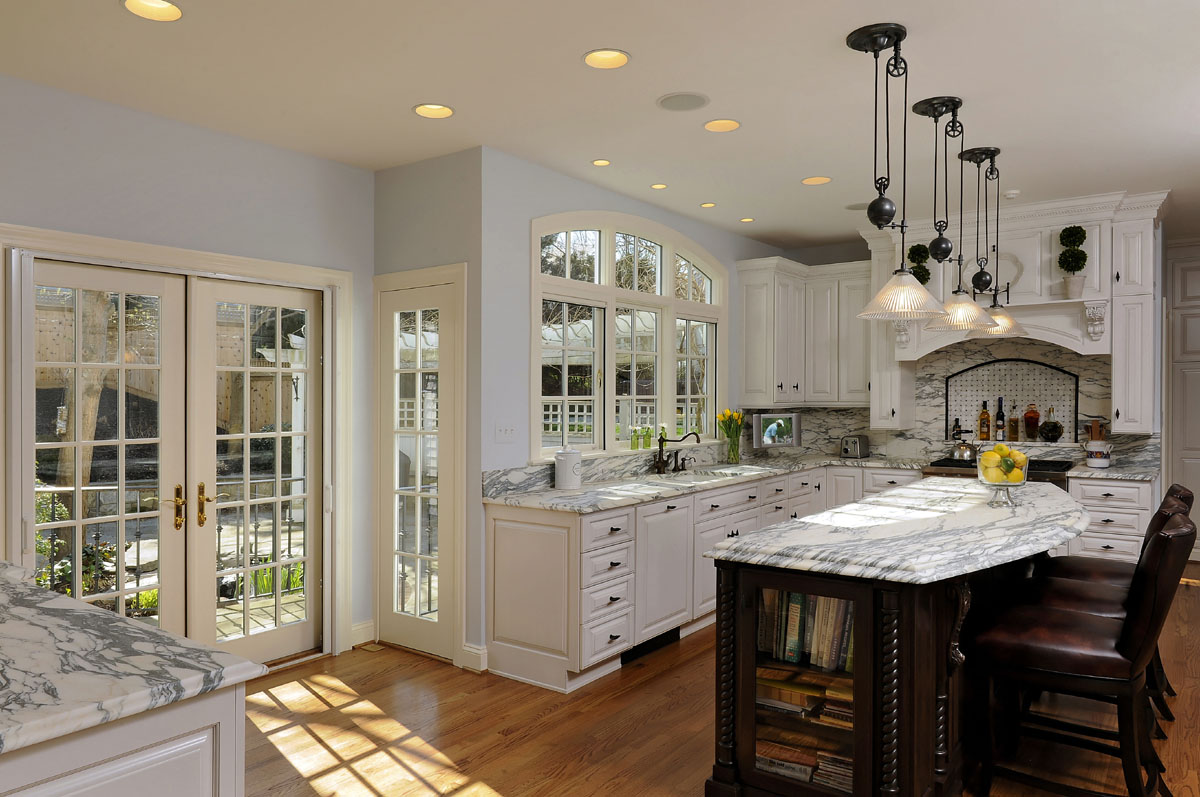
/cdn.vox-cdn.com/uploads/chorus_image/image/49926111/BL_RESTAURANT.0.0.jpg)
